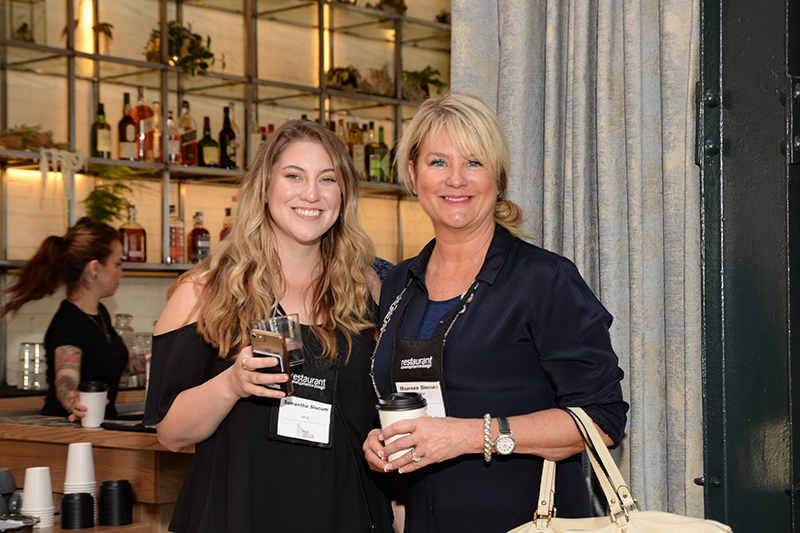What are the key elements in designing a restaurant?
Concept and Theme: The concept and theme of the restaurant should be carefully considered to create a unique and memorable dining experience. This includes deciding on the type of cuisine, ambiance, style, and target audience of the restaurant.
Space Planning and Layout: Efficient space planning is essential for creating a functional and visually appealing restaurant. Consider factors such as the flow of guests and staff, seating arrangements, and the positioning of the kitchen, bar, and other functional areas to optimize operations and create a pleasant dining experience.
Interior Design: The interior design of the restaurant plays a crucial role in creating the desired ambiance and atmosphere. Consider elements such as lighting, color schemes, furniture, flooring, and artwork that align with the restaurant's concept and theme.
Kitchen Design: The kitchen is the heart of a restaurant, and its design should be carefully planned to ensure smooth operations. Consider factors such as equipment layout, ventilation, food safety regulations, and workflow to create a functional and efficient kitchen space.
Technology Integration: In today's digital age, incorporating technology into the restaurant design can enhance operations and guest experiences. Consider elements such as POS systems, self-ordering kiosks, online ordering platforms, and smart lighting or temperature control systems.
Accessibility and Inclusivity: Ensuring that the restaurant is accessible and inclusive to all guests, including those with disabilities, is crucial. Consider elements such as wheelchair accessibility, braille signage, and inclusive seating options to create a welcoming and inclusive environment.
Sustainability: Incorporating sustainable design practices can minimize the restaurant's environmental impact and contribute to a more sustainable future. Consider elements such as energy-efficient lighting, eco-friendly materials, waste management systems, and green space design.
Branding and Signage: Creating a strong brand identity through effective branding and signage is important for attracting customers and creating a memorable restaurant experience. Consider elements such as logo design, signage placement, and visual branding elements that align with the restaurant's concept and theme.
All the above was written by artificial intelligence — via ChatGPT — when I asked it if it could design a restaurant.
I’ve been reading that AI will replace as much as 14% of the workforce, at least according to the analysts at Goldman Sachs. So, I thought I should find out what the fuss was about. I first asked the chatbot to write an editor’s letter for the May/June issue. It turned out a boring boilerplate of basic pleasantries. I then asked it to design a restaurant and while it initially downplayed its abilities — “I can certainly help generate ideas and provide suggestions…but I do not have the capability to create detailed blueprints…” — it wasn’t shy about providing suggestions, offering the eight key points above.
To be fair, ChatGPT also noted: “It is essential to work with qualified architects, interior designers, and other professionals to ensure that the design meets local building codes, regulations, and safety standards.”
Right now, chatbots are good at summarizing existing content. But the technology is evolving fast. What do you think? Did the chatbot get the basics right? Do you think you’ll use AI in the near future to aid in restaurant development and design? Feel free to reach out and let me know at



